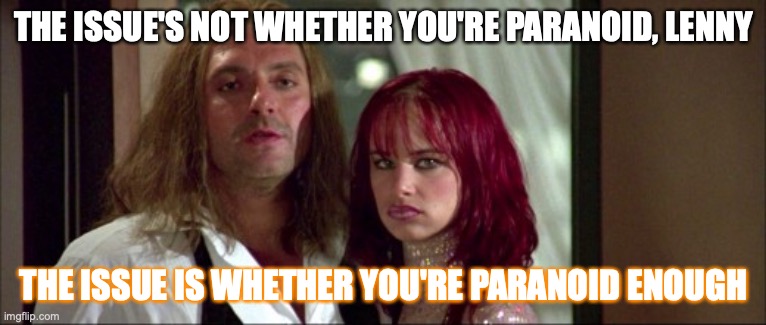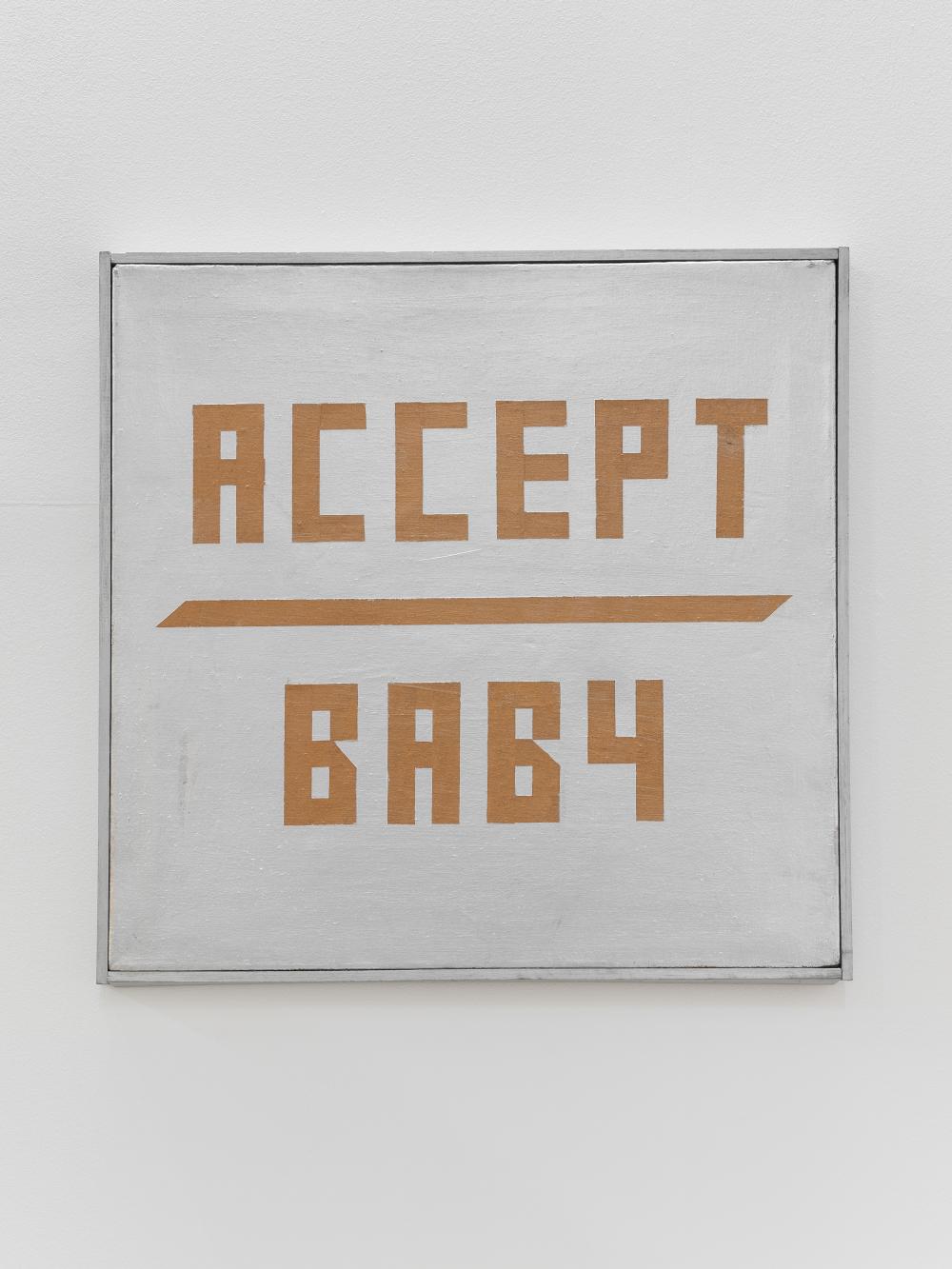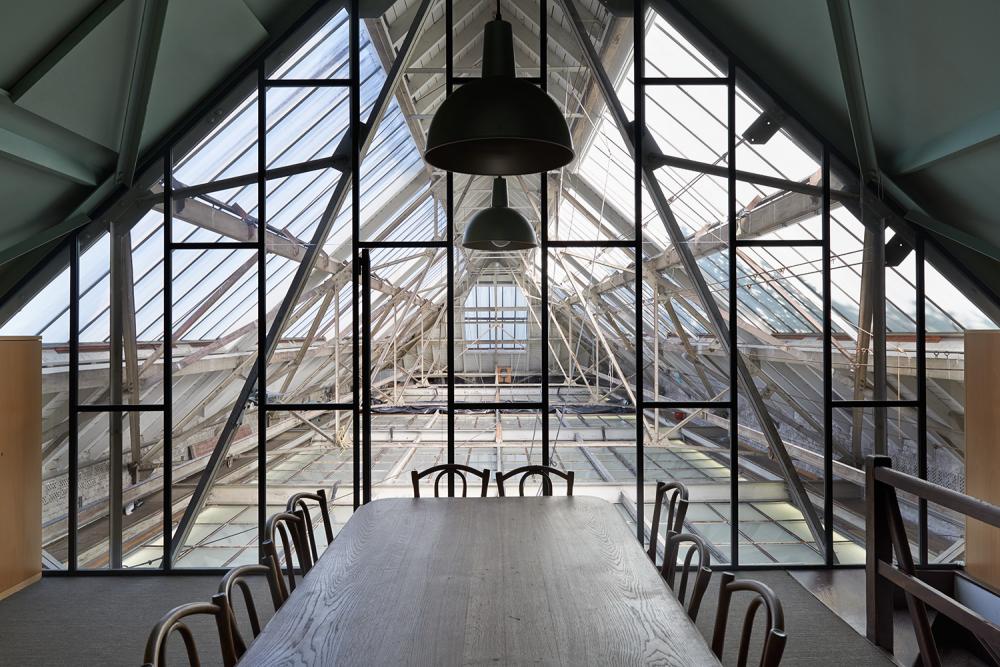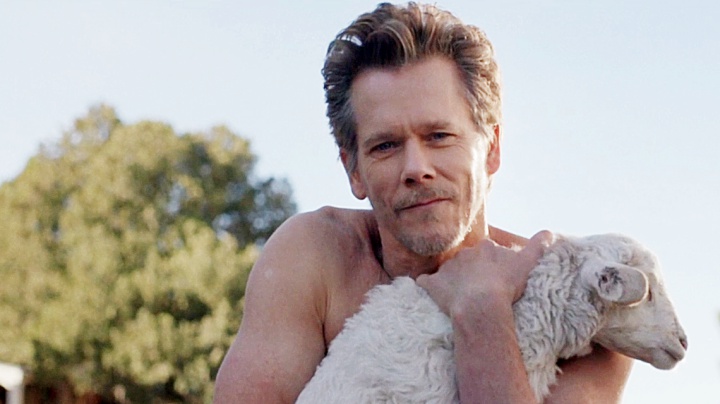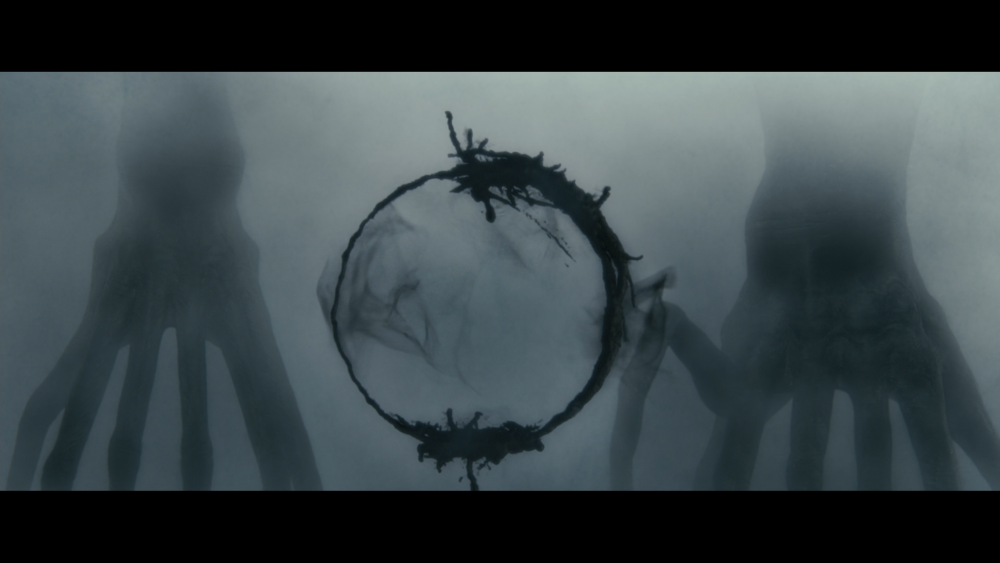Low-Tech Grassroots Ectogenesis
«I Think That Will Not Be A Problem»
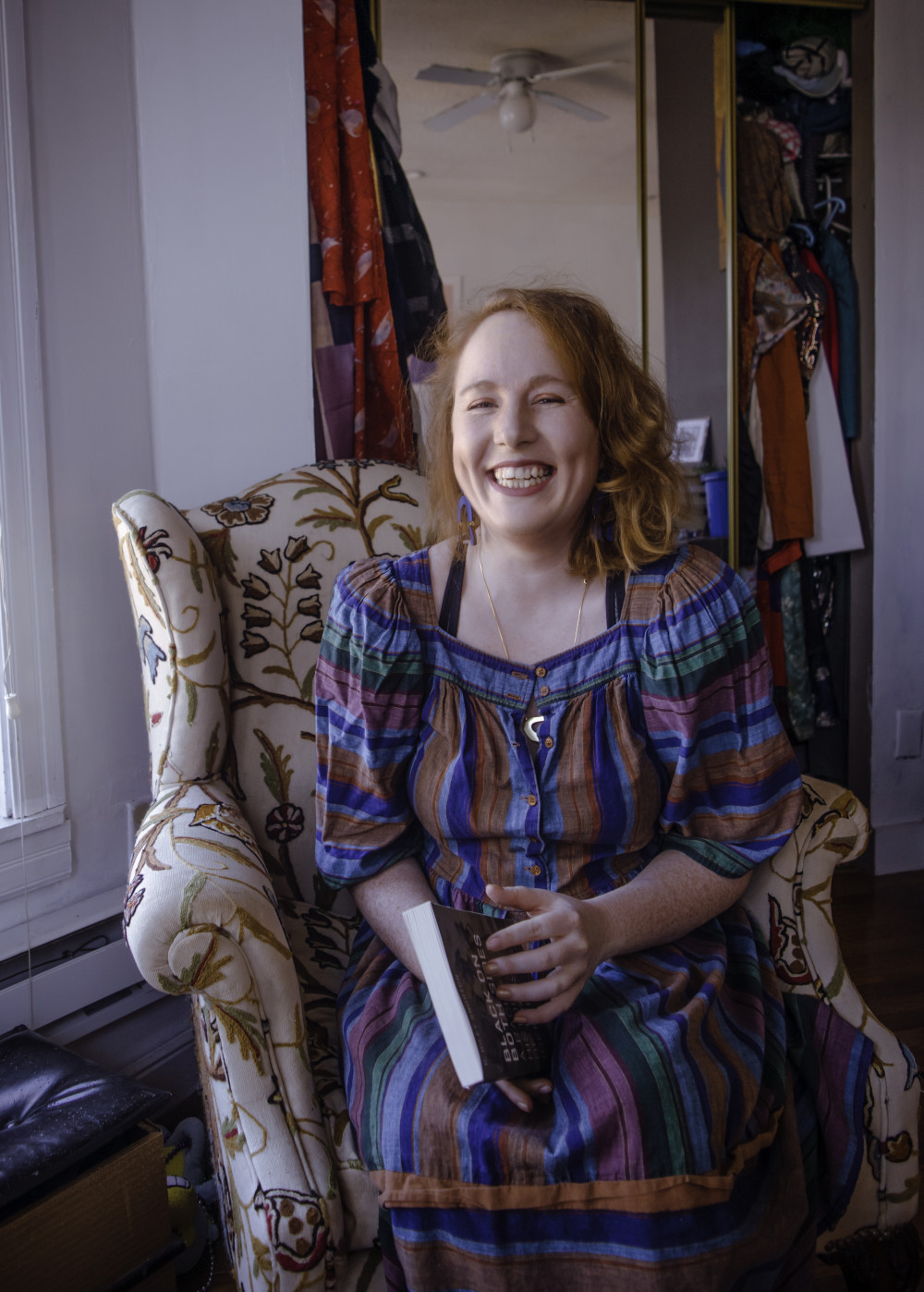
Drawing on her book Full Surrogacy Now, Sophie Lewis revisits the figure of Shulamith Firestone from a critical transfeminist perspective to pursue the idea that paid and unpaid human gestational labor alike constitute forms of work under capitalism that gestators themselves can seek to abolish. This essay originated as a lecture and discussion organized by Rose-Anne Gush and Barbara Kapusta in November 2020 as part of their «Feminism against Family» program at mumok Vienna.
